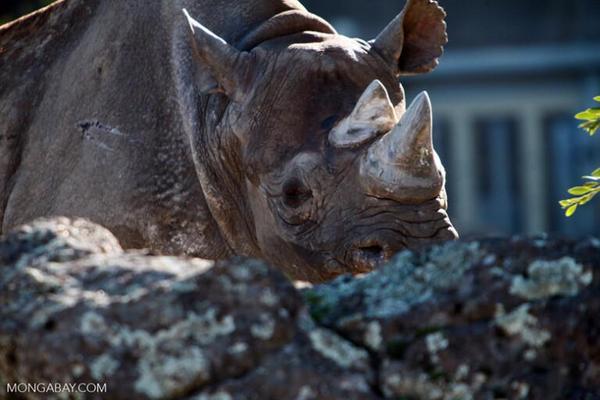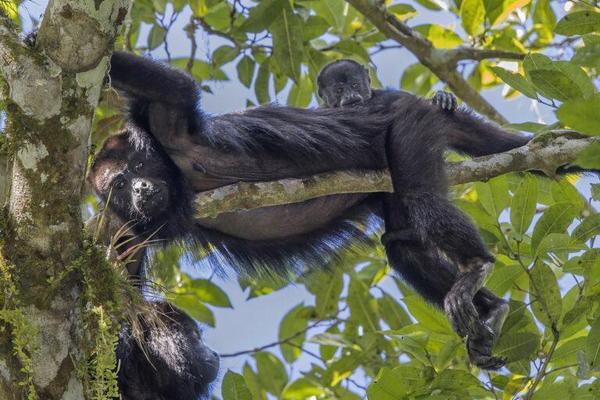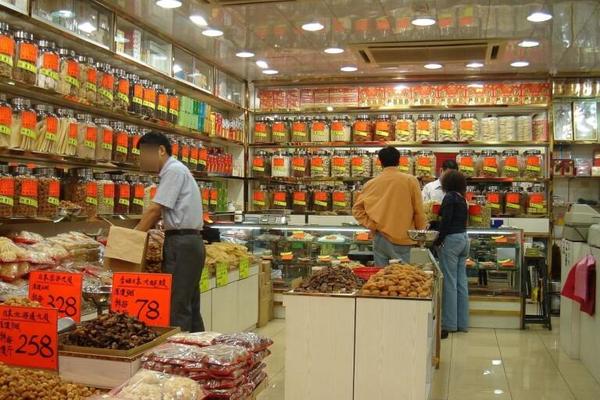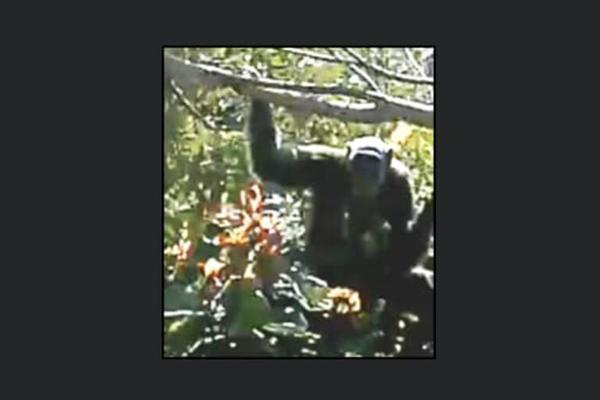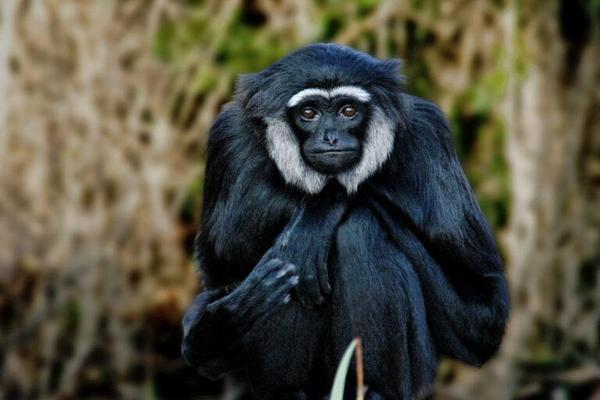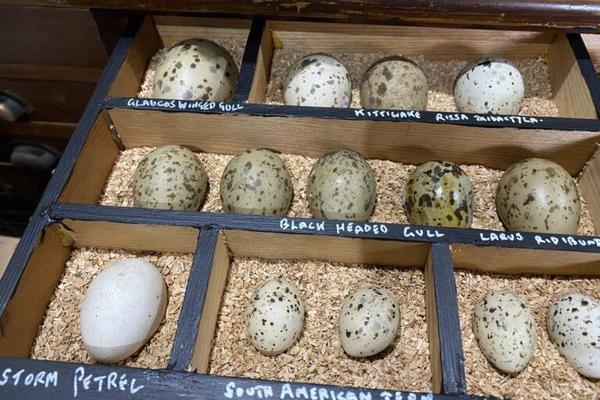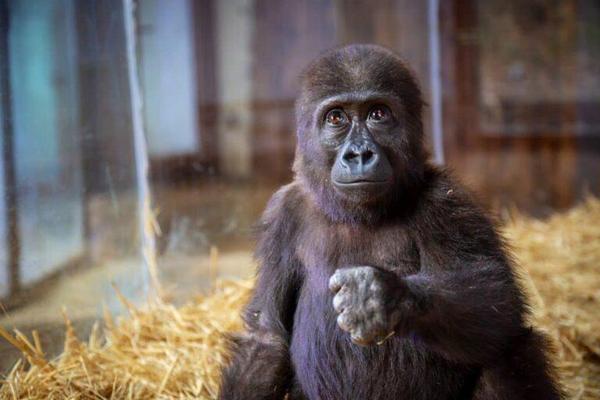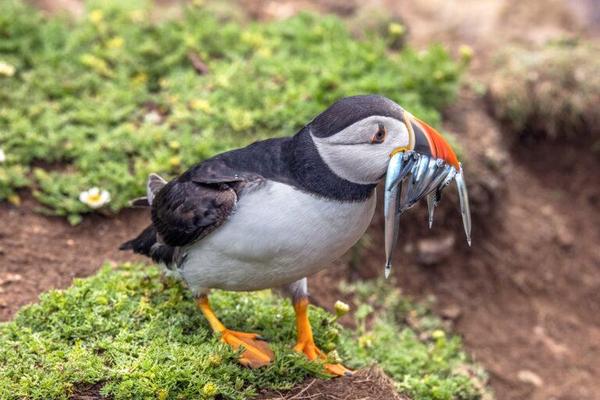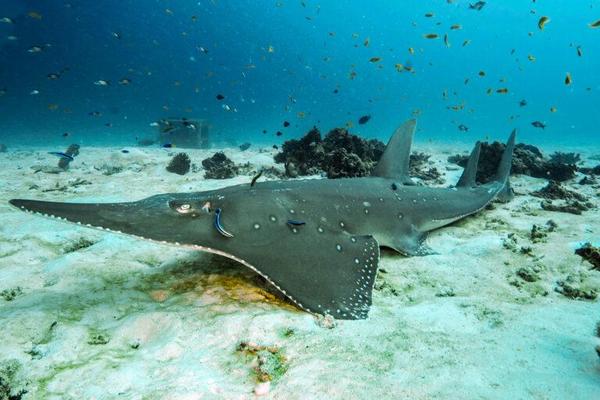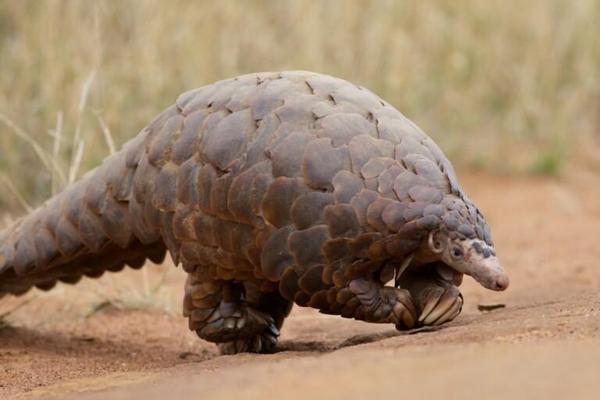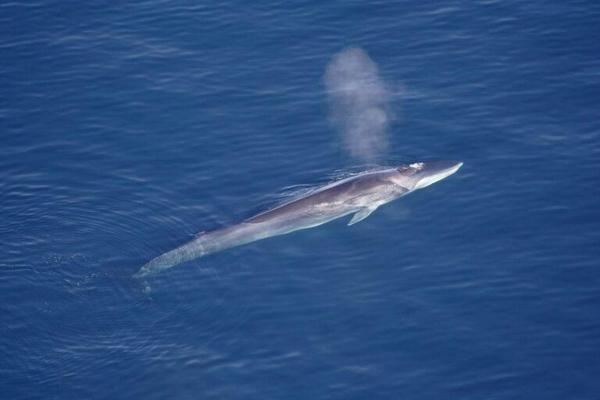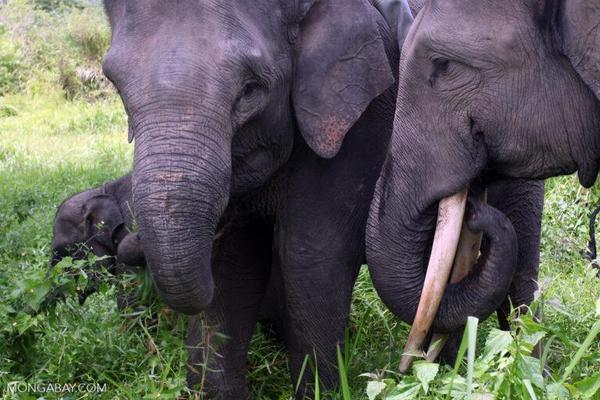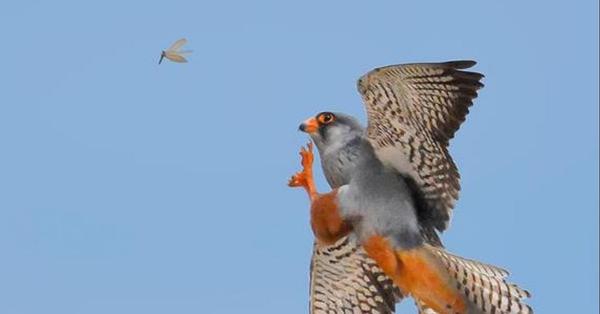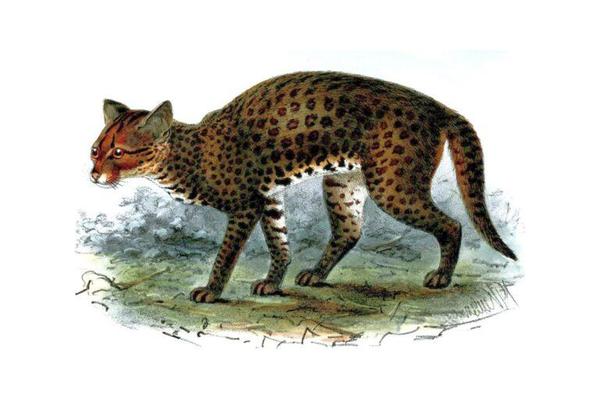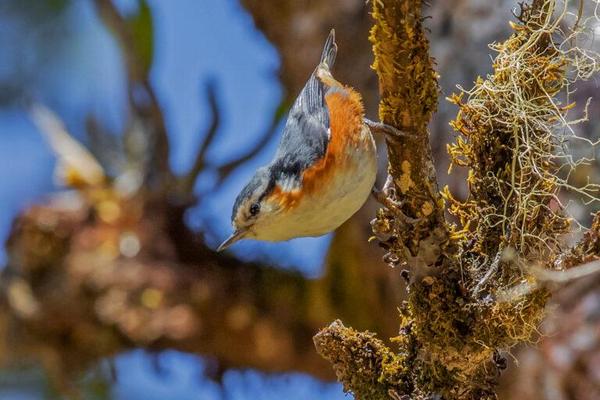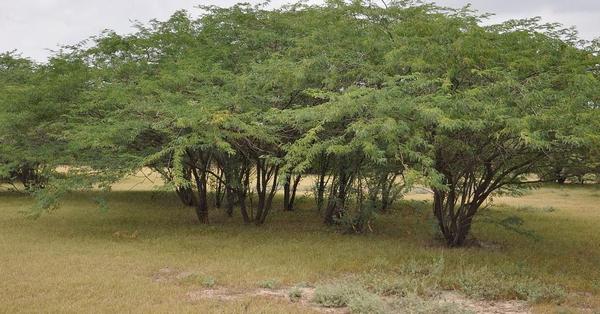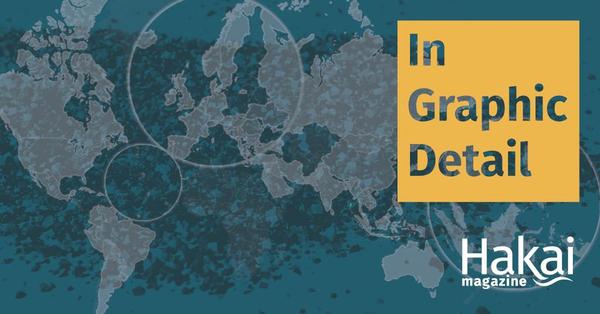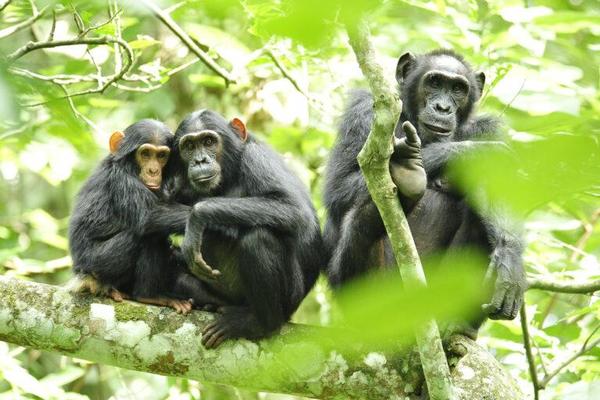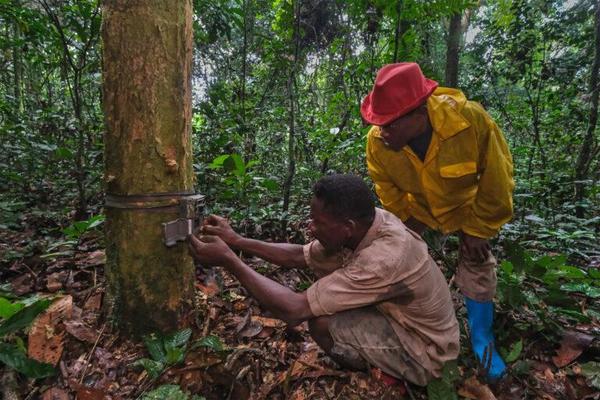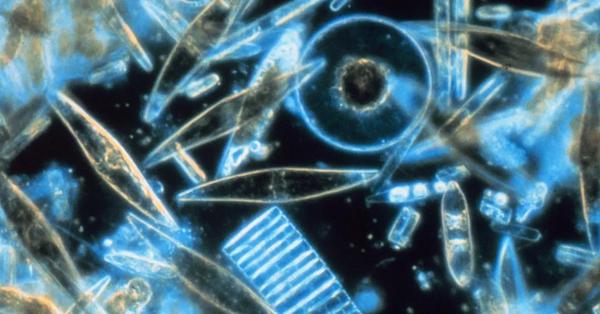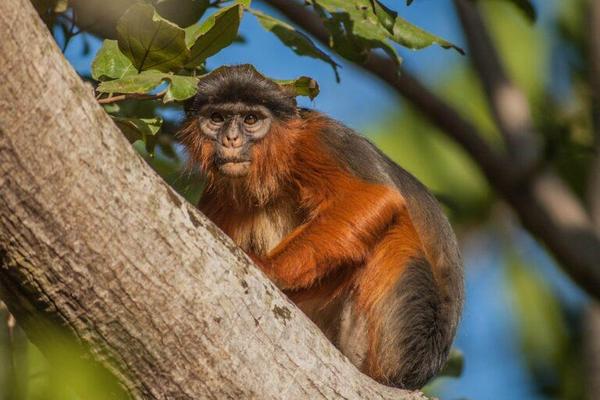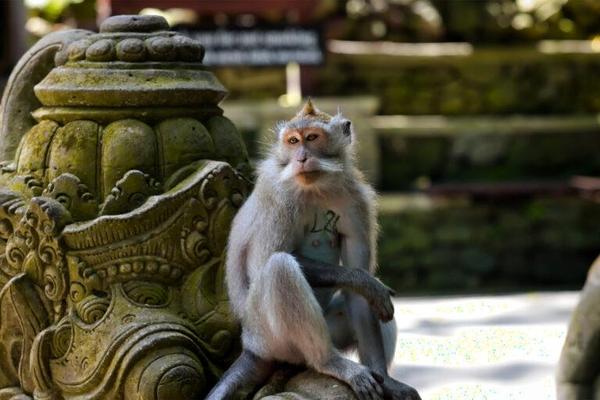
Sun, sand and skulls: Bali tourism trade peddles threatened primate skulls
A recent study, published in the journal...
I love words. I admire science. I put them together to be a science writer. I evolved into an environment journalist and won a few awards. As a Staff Writer at Mongabay, I now write about all things wild.
I also fact-check, edit and teach the craft of science writing.

I'm an award-winning science and environment journalist based in St. John's, Canada. My words have been published in many national and international media outlets.
My ethos lie in treating people and their lived experiences with respect, bringing diverse perspectives in my stories, strengthening relationships with my sources and building communities.
Liked my stories? Have a story tip? Want to tell me about a cool project you are working on (Scientists, looking at you!)? Interested to work with me? Want me to speak at an event? Let's talk!


